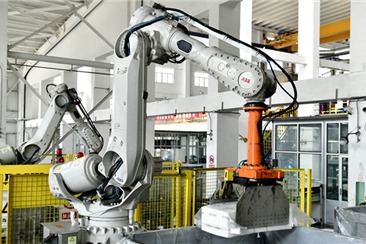AI-backed vascular disease diagnosis, treatment system in pipeline


An artificial intelligence-supported vascular disease diagnosis and treatment collaboration system is being researched and is in development, and will be applied in 300 Chinese hospitals among 1,000 doctors by 2020, according to experts attending the 15th Chinese International Congress of Vascular Medicine held in Beijing on Friday and Saturday.
The system is designed to to enhance diagnosis and treatment of vascular disease in the country by collecting and analyzing medical records of vascular disease and related illnesses, such as heart disease and stroke, in volunteer hospitals. Then, based on data comparison and analysis, it will be able to make diagnosis and treatment suggestions to doctors, as well as enable online collaboration between doctors and hospitals for difficult cases.
"The aim is to change vascular disease diagnosis and treatment practice in China, because the system is able to bridge the information gap between doctors and hospitals, and make great use of medical data," said Wang Hongyu, director of the Department of Vascular Medicine, Peking University Shougang Hospital.
The hospital is one of the initiators of the program. The others include Tsinghua University, Xiamen University, and China National Software and Service Co Ltd.
China has about 400 million people suffering from vascular disease, Wang said, adding early detection and intervention, including educating the public to adopt healthy lifestyles, are crucial for China to reduce the economic burden of vascular disease.




































